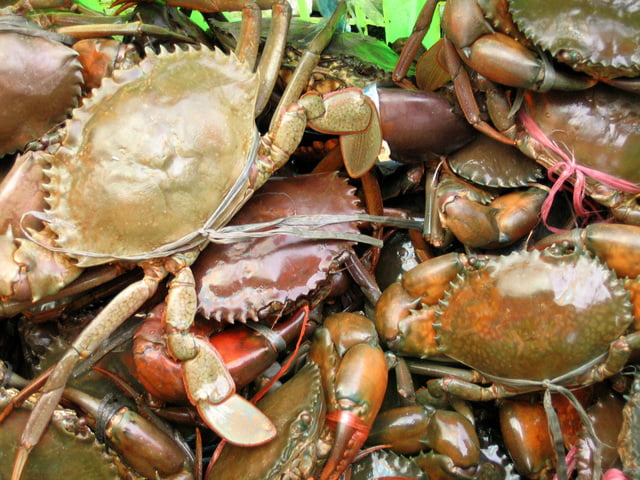THE aquaculture industry in Alaska has welcomed recent research showing that farmed shellfish and seaweed can have a positive impact on the environment.
Alaska has seen a significant increase in aquatic farm applications. If the state approved all the applications currently under review it would result in an approximately 850% increase in the acreage for aquatic farms over the last five years.
So the news that aquaculture can have benefits for the surrounding ecosystem is welcome indeed. A recent paper led by The Nature Conservancy in Arlington, VA, states, ”A growing body of scientific evidence indicates that the commercial cultivation of bivalve shellfish and seaweed can deliver valuable ecosystem goods and services, including provision of new habitats for fish and mobile invertebrate species.”
Looking across 65 studies, the researchers noted that shellfish and seaweed aquaculture were associated with higher species diversity. As well as providing habitat and food sources, shellfish and seaweed benefit the ecosystem thanks to their own biological processes.
For example, oysters are efficient filter feeders, removing nitrogen from the water and helping prevent harmful algae bloom. A farm with 100 000 oysters per acre can potentially filter twenty-five million litres of water per day, per acre.
Seaweeds also benefit the surrounding environment, pulling carbon dioxide from the water and producing oxygen, thereby reducing the harmful effects of ocean acidification on calcium carbonate-dependent species such as oysters, clams and some plankton.
- Article from https://www.worldfishing.net/news101/fish-farming/aquaculture-can-benefit-local-ecosystem.
